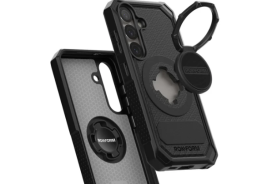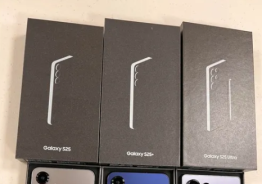Nokia believes great imaging is one of the key areas it needs to control for the company to sit atop the mobile phone market once more; so this is why the Finnish giant chose to invest in Pelican Imaging.
Pelican Imaging is a company that came up with array imaging. The technology uses multiple tiny lenses that work together to capture images at relatively the same quality as a larger lens. A number of smaller lenses could potentially make for thinner devices, and it could also open the door to some interesting smartphone camera special effects. Of course, all this would require powerful hardware, and from the look of things, we're already there.
Nokia's investment in Pelican Imaging is part of a broader push to differentiate itself from its rivals such as Apple and Samsung in the camera department. If everything goes according to plan, this could stimulate sales of the Lumia devices that run on Windows Phone, the mobile operating system from Microsoft.
It is said that Nokia has been keeping an eye on Pelican Imaging since 2008, just waiting for the right time to pounce. If Nokia has its way, the company would likely acquire Pelican if the technology turns out to be a hit among consumers, shutting out any possibility of Nokia's rivals licensing the tech for use in competing devices.
"Over the next three to five years, mobile enterprise and advertising will be areas we'll continue to invest around," Bo Ilsoe, a partner at Nokia Growth Partners, said Monday in a phone interview with Bloomberg. "We build a portfolio and a better in-depth understanding of ecosystems by having this approach."
Recently, Nokia announced that it has sold over 5.6 million Lumia devices in the first quarter of 2013; that is up from 4.4 million the quarter before, in 2012. It's a decent improvement, no doubt helped by the Lumia 920 and its impressive camera features.
© Copyright 2025 Mobile & Apps, All rights reserved. Do not reproduce without permission.













